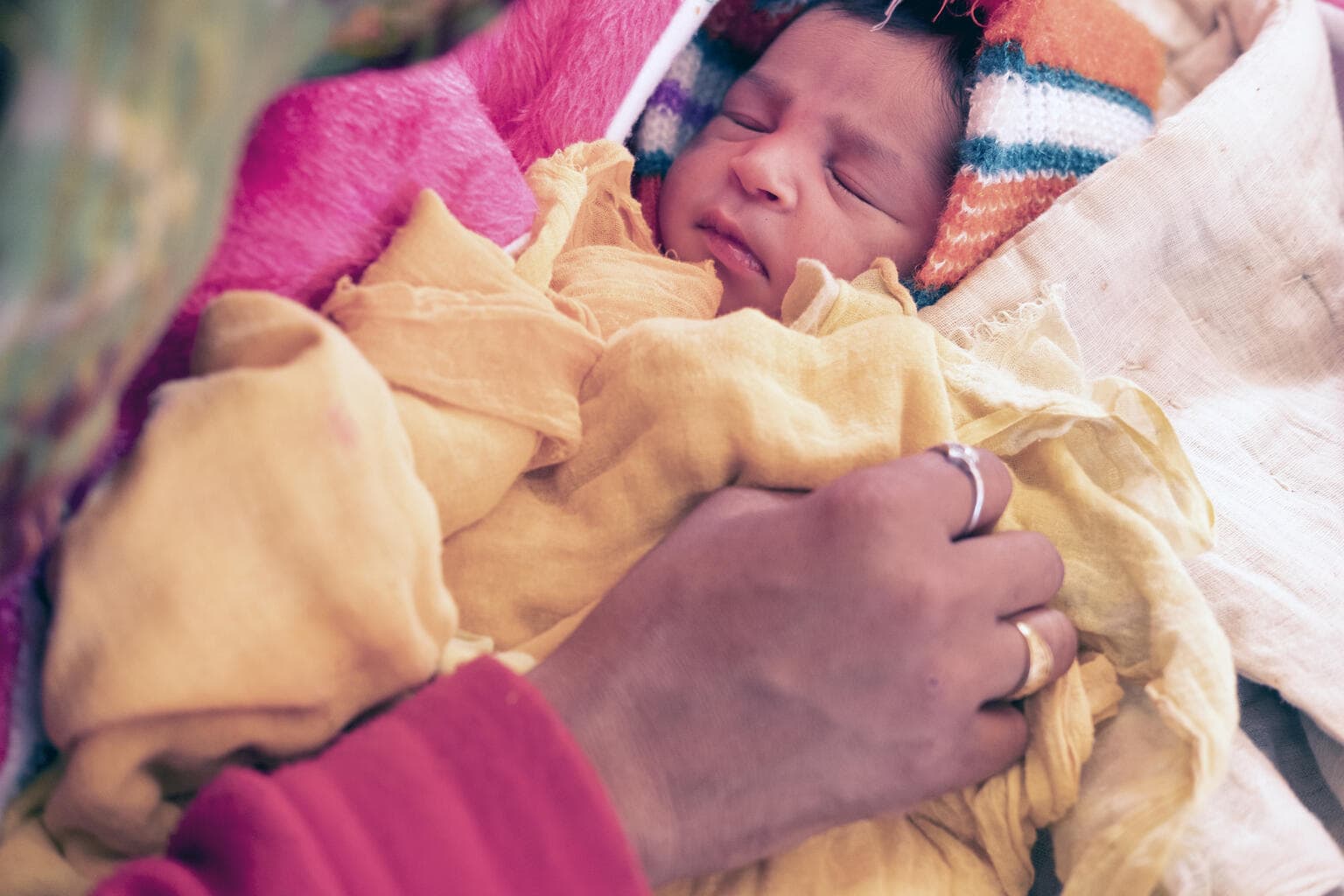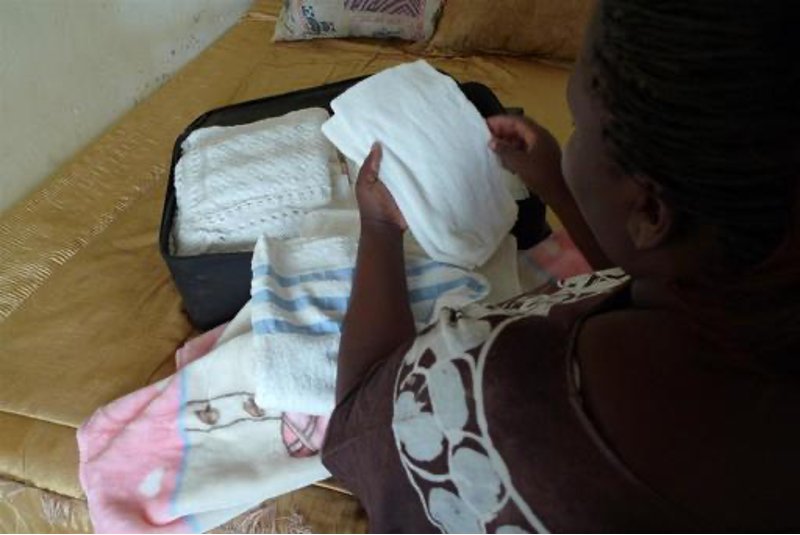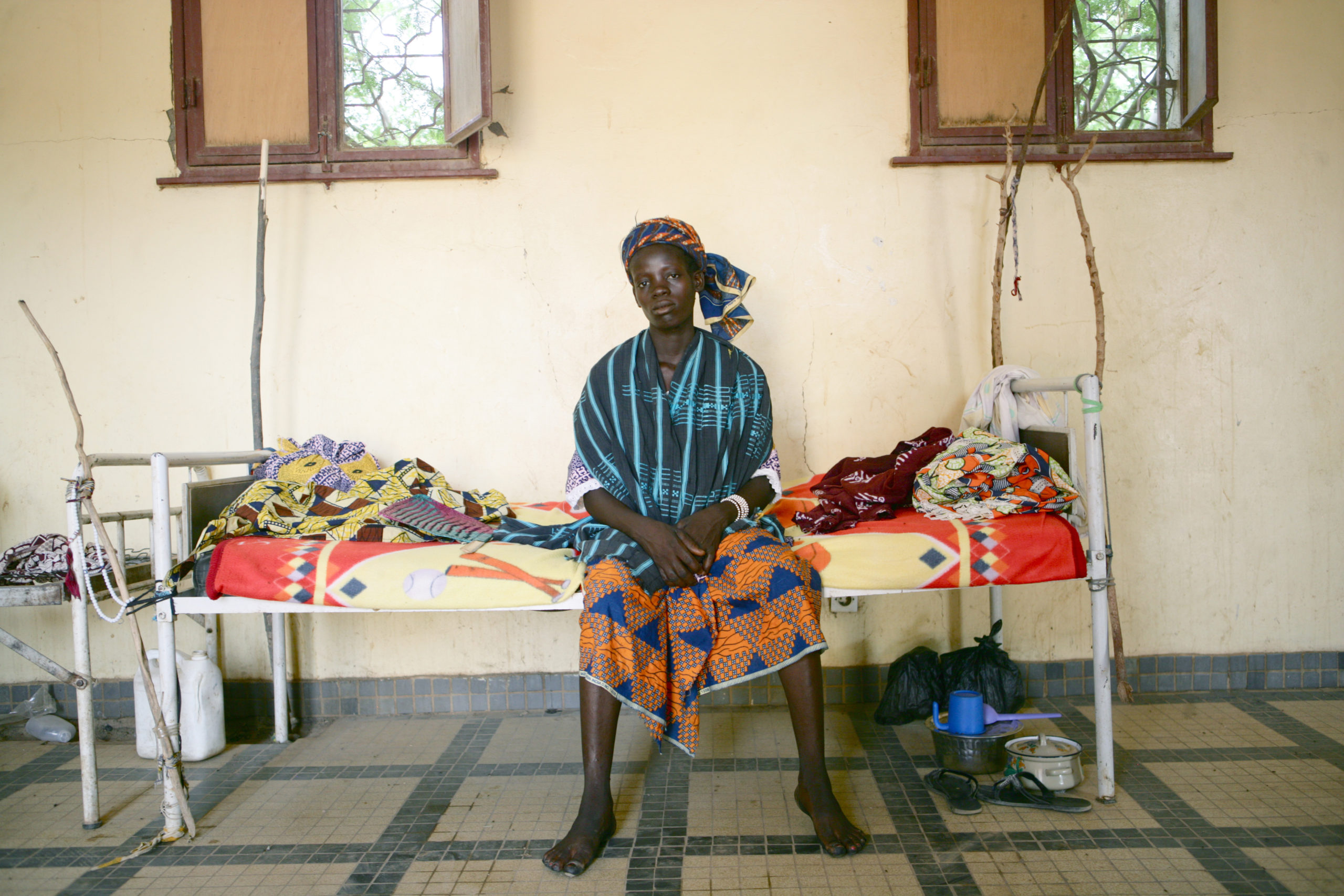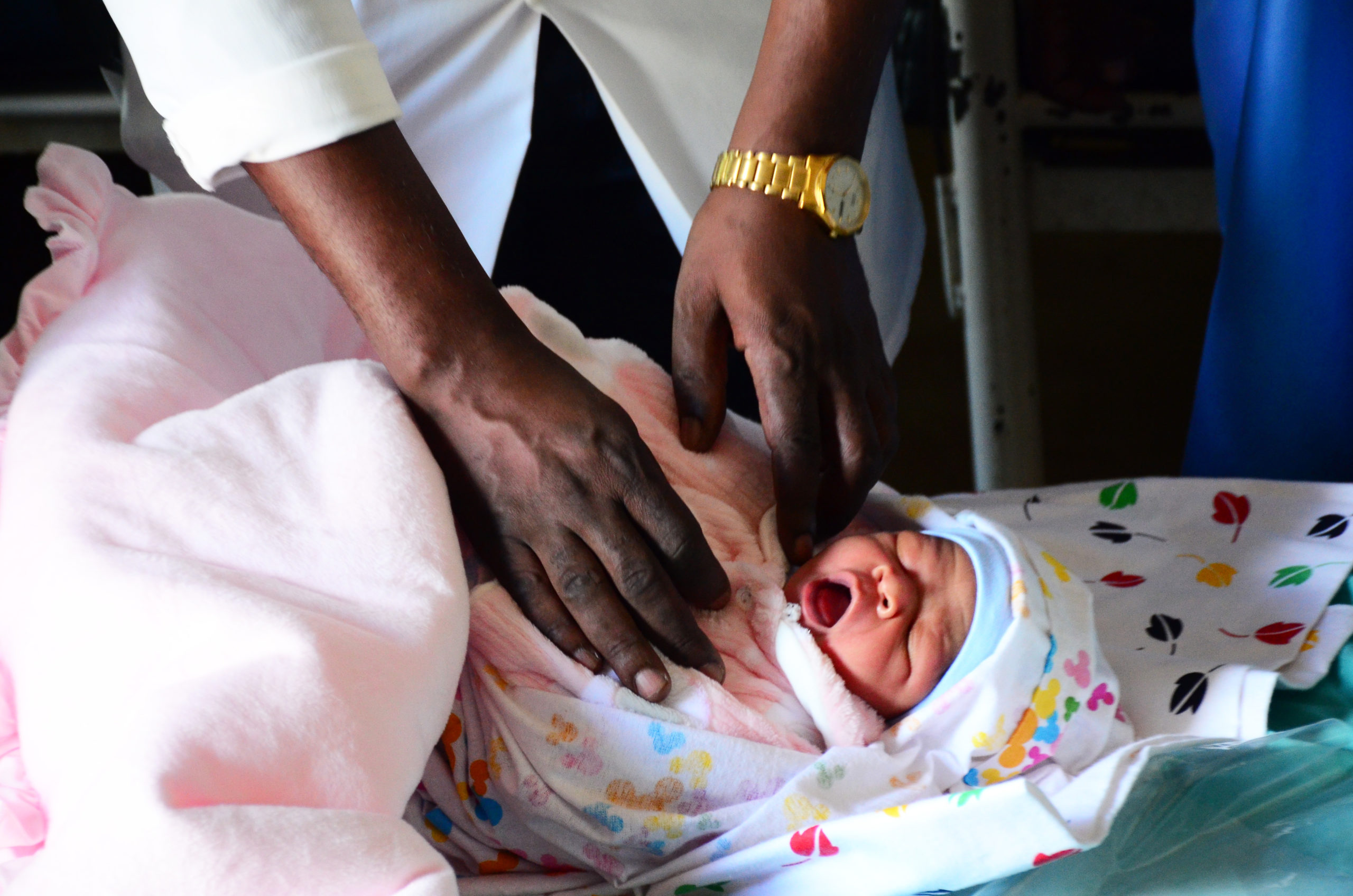Global, regional, and national estimates and trends in stillbirths from 2000 to 2019: A systematic assessment

Stillbirths are a major public health issue and a sensitive marker of the quality of care around pregnancy and birth. A first step to prevent stillbirths is obtaining standardized measurement of stillbirth rates across countries. We estimated stillbirth rates and their trends for 195 countries from 2000 to 2019 and assessed progress over time.
Key findings:
- Globally in 2019, an estimated 2 million babies were stillborn at 28 weeks or more of gestation, with a global stillbirth rate of 13.9 stillbirths per 1,000 total births.
- Stillbirth rates in 2019 varied widely across regions, from 22.8 stillbirths per 1,000 total births in West and Central Africa to 2.9 in Western Europe.
- Estimated 2.3 per cent was the global annual rate of reduction in stillbirth rate from 2000 to 2019, which was lower than the 2.9 per cent annual rate of reduction in neonatal mortality rate.
- 114 countries had an estimated decrease in stillbirth rate since 2000, while the remaining 81 countries had no decrease in stillbirth rate. Of these countries, 34 were in sub-Saharan Africa, 16 were in East Asia and the Pacific, and 15 were in Latin America and the Caribbean.
Progress in reducing the rate of stillbirths has been slow compared with decreases in the under-five mortality rate. Accelerated improvements are most needed in the regions and countries with high stillbirth rates, particularly in sub-Saharan Africa. Future prevention of stillbirths needs increased efforts to raise public awareness, improve data collection, assess progress, and understand public health priorities locally, all of which require investment.


